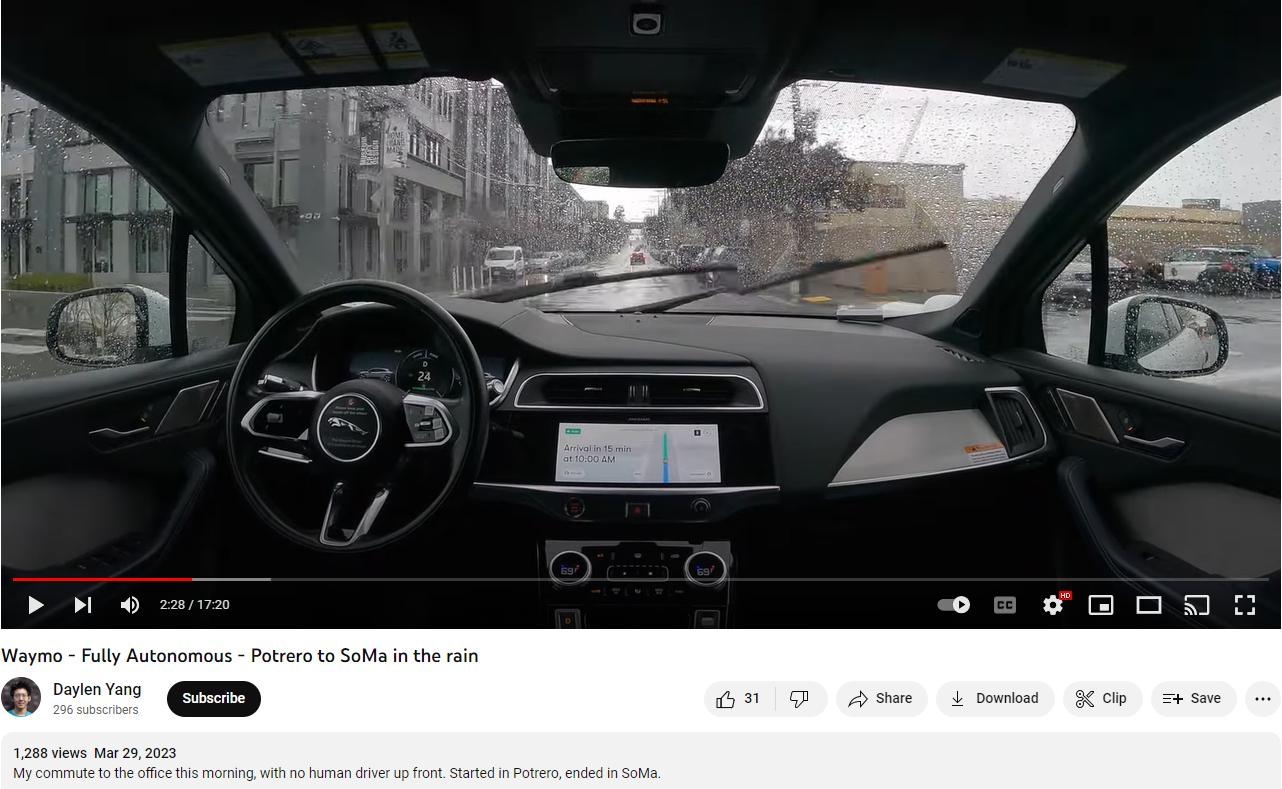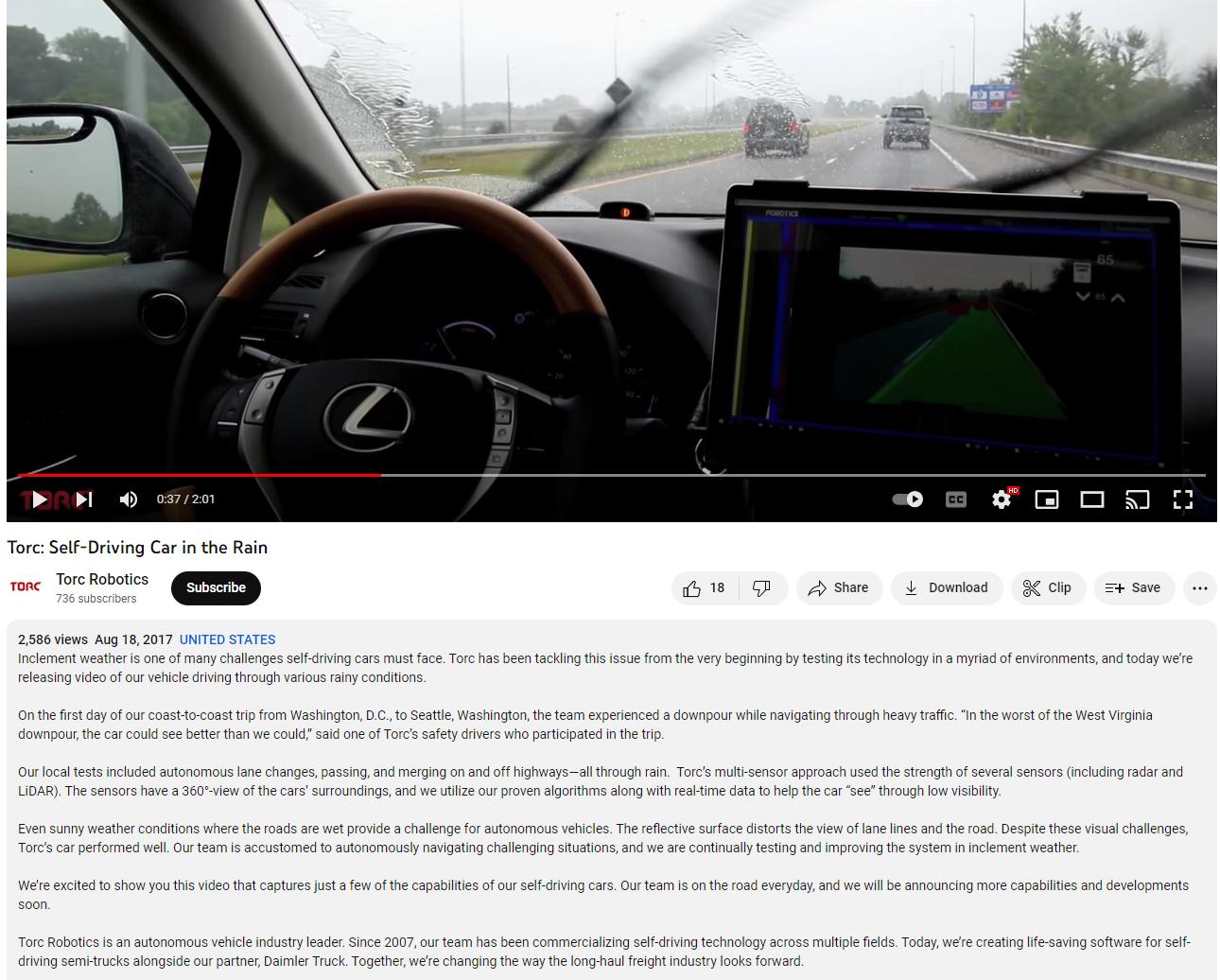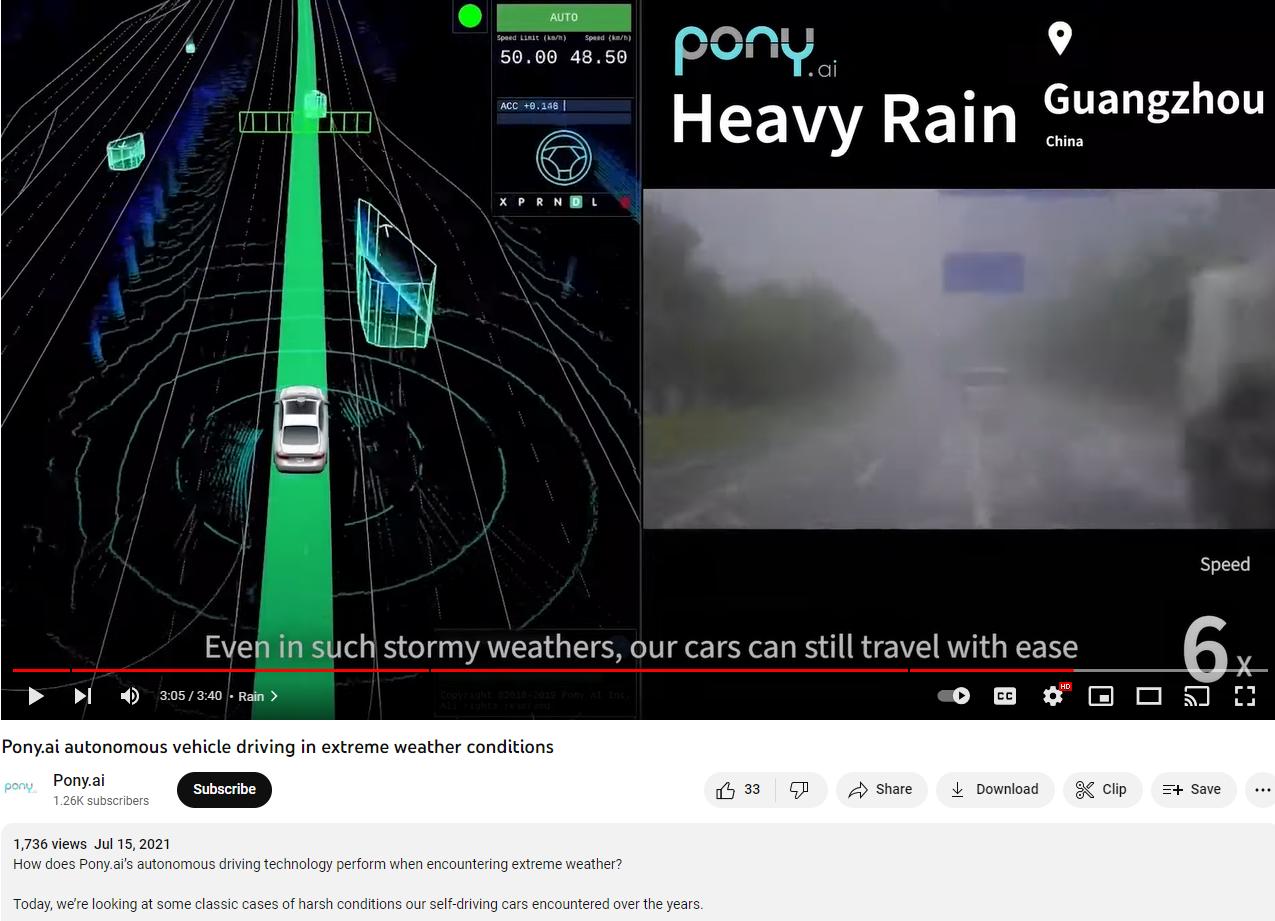- Joined
- Sep 7, 2022
- Messages
- 945
- Reaction score
- 894
- Cars
- Lucid Air GT-P
An explanation for folks. This could maybe be resolved by software, but the hardware and physical aspects are the real issue.
Water is a pain for the electromagnetic spectrum. Each droplet has and will slightly affect the "sight" of the radar. Think of light bending through water (part of electromagnetic spectrum) as well as trying to grab something visually in a clear stream (mostly miss because of the offset). To the exact degree the lidar radiation is affected I do not know, but it uses the same electromagnetic spectrum.
Heavy rain would most likely continuously hit the radar wiping away any mist collection similar to rain on a windshield with smaller drops collecting into a big drop to consume more drops. A light rain would not do this, so you have a mist over the radar without any clear gaps to utilize through the droplets.
I hope this makes sense. A mist effectively blocks more surface area causing distortion at a close range vs. scattered drops with distortion pushed farther out allowing limited functionality (and dependent on rainfall heaviness).
Radars can overcome this with stronger radiation to a degree, but then you get into the issue of radiating people, plants, and animals at high doses... That's a huge no no. Plus, the efficiency of the car would decrease.
Water is a pain for the electromagnetic spectrum. Each droplet has and will slightly affect the "sight" of the radar. Think of light bending through water (part of electromagnetic spectrum) as well as trying to grab something visually in a clear stream (mostly miss because of the offset). To the exact degree the lidar radiation is affected I do not know, but it uses the same electromagnetic spectrum.
Heavy rain would most likely continuously hit the radar wiping away any mist collection similar to rain on a windshield with smaller drops collecting into a big drop to consume more drops. A light rain would not do this, so you have a mist over the radar without any clear gaps to utilize through the droplets.
I hope this makes sense. A mist effectively blocks more surface area causing distortion at a close range vs. scattered drops with distortion pushed farther out allowing limited functionality (and dependent on rainfall heaviness).
Radars can overcome this with stronger radiation to a degree, but then you get into the issue of radiating people, plants, and animals at high doses... That's a huge no no. Plus, the efficiency of the car would decrease.



